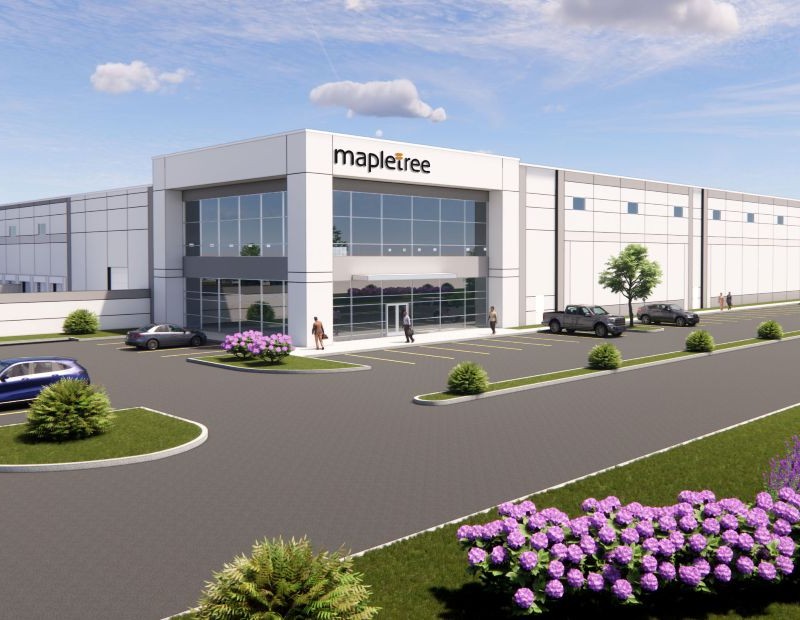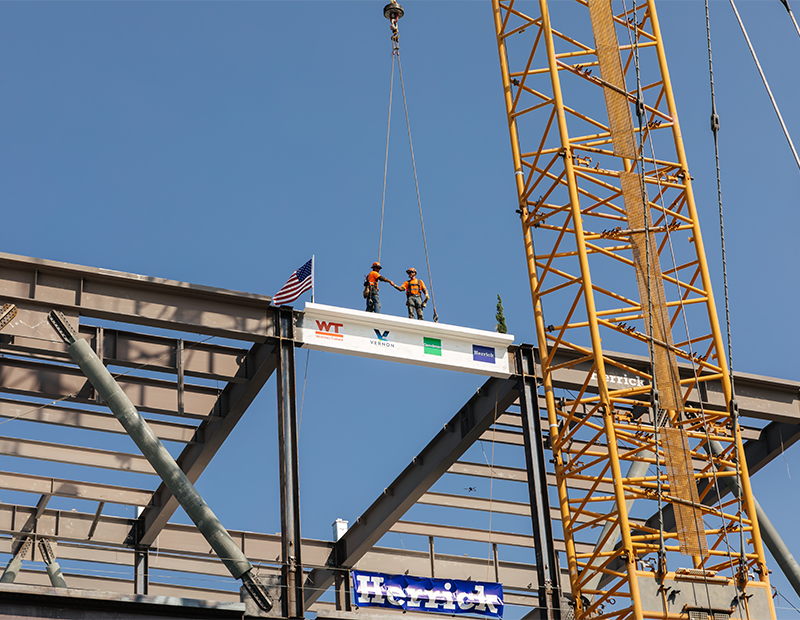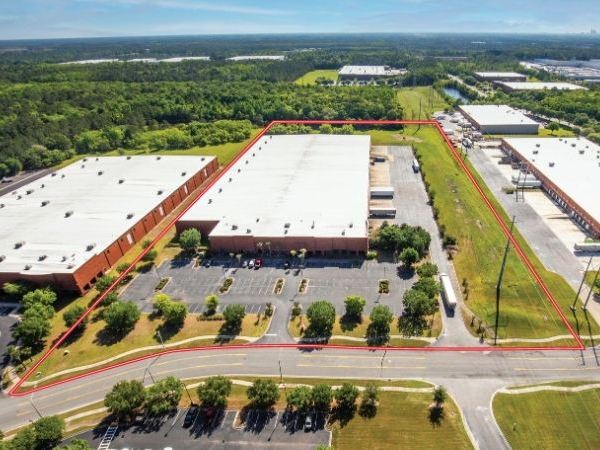Exploring Opportunity Zones: Part I
The biggest obstacles that most investors cite regarding Opportunity Zones are regulatory uncertainty and an overall lack of understanding. Florida-based Suzanne Amaducci-Adams of Bilzin Sumberg sheds light on the matter.

Suzanne Amaducci-Adams, Real Estate Practice Group Leader, Bilzin Sumberg. Image courtesy of Bilzin Sumberg
The Tax Cuts and Jobs Act of 2017, which created the Investing in Opportunity Act to revitalize underserved neighborhoods or zones, was updated a few months ago to clarify some of the details which kept investment below the anticipated levels. In the first of a two-part series, Commercial Property Executive talked to Suzanne Amaducci-Adams, Bilzin Sumberg’s real estate practice group leader, about the policy update, as well as its applicability in South Florida.
What is your general opinion on this recently revised Opportunity Zones initiative?
Amaducci-Adams: Many people view the Opportunity Zones program as a new way of structuring a real estate transaction, but that approach is misguided. This is not a new method for development, it is simply a tax program designed to encourage investment and stimulate economic activity in challenged or underdeveloped parts of the country.
Opportunity Zone designation does not transform a bad deal into a viable one, but it does have the potential to create enough value on a long-term basis to enable projects with thin margins in challenged neighborhoods to be completed. Depending on investor needs, it can also elevate a good deal into a great long-term play provided that the investor goes about structuring the transaction correctly. If an investment is not compliant with IRS regulations, then the investor runs the risk of missing out on potential tax benefits down the road.
Wasn’t this tried before? Many point out to a similar plan launched in 1993, the Empowerment Zone, Enterprise Community and Renewal Community initiative.
Amaducci-Adams: While I am not as familiar with some of these older programs, the current Opportunity Zone program differs in a few ways. For starters, the program’s scope is expansive, and the areas were determined strategically. There are more than 8,700 designated Opportunity Zones across the country, including nearly the entire island of Puerto Rico. These areas were determined using census data and each state suggested which areas in the state should obtain the designation from the federal government.
READ ALSO: Roadmap to Opportunity Zones
Secondly, this is primarily a real estate-driven initiative. While there are opportunities for businesses looking to relocate to a designated zone, I think more of the focus is on the real estate development aspect with required investment rehabilitating existing buildings or developing new ones. Lastly, Opportunity Zones allow for “passive” investments in funds creating opportunity for more investors—those without an expertise in development or a qualified business.
Who do you see as the main beneficiaries of OZs—investors, communities, or is it an equally divided gain?
Amaducci-Adams: While investors will certainly benefit from deferred capital gains taxes for long-term investments that are structured properly over 10 years, the near-term benefits will be most prevalent within the Opportunity Zones themselves. Developments that get underway in blighted areas stimulate construction and permanent job growth, create new tax revenues and serve as a magnet for additional public and private sector investment. It’s actually a triple-win: for investors, municipalities that will recoup new tax dollars and the community-at-large, which benefits from an infusion of capital.
One of the most pervasive concerns around Opportunity Zones is that they will accelerate gentrification and contribute to the displacement of low-income residents. What are your thoughts on this matter?
Amaducci-Adams: There is a potential for this to happen, but any new investment in a blighted, often overlooked area is a step in the right direction and residents and businesses in Opportunity Zones stand to benefit long-term. The Urban Institute conducted an analysis of investment flows and socioeconomic changes in Opportunity Zones.
The study compared activity within Opportunity Zones to similar but non-designated communities and found that concerns about gentrification have been disproportionate to the risk. Less than 4 percent of Opportunity Zones showed signs of substantial existing investment, which implies that low- and middle-income residents in these areas face little risk for displacement. To the contrary, they may be able to share in the economic benefits spurred by the program.
Another pressing question is related to timing. Given the length of negotiating and closing property transactions, and then performing the capital improvements (while also taking into account the shortage in labor workers), how feasible is the process?
Amaducci-Adams: The tight timelines imposed by the IRS are the single greatest source of apprehension among potential investors. In a survey conducted by my firm, Bilzin Sumberg, and the Urban Land Institute, 90 percent of respondents felt that the December 31, 2019, deadline for maximizing tax benefits on an Opportunity Zone investment should be extended.
The survey also found that 42 percent of investors and developers are undecided about participating in the program, and 27 percent lack understanding about Opportunity Zones altogether. I believe this consternation stems from the aggressive timeline set by the IRS. Certain investors are hoping the schedule will ultimately be extended.
 Let’s talk about the Low-Income Housing Tax Credit and OZ pairing, one that could generate high investment yields. When and how is this combination possible?
Let’s talk about the Low-Income Housing Tax Credit and OZ pairing, one that could generate high investment yields. When and how is this combination possible?
Amaducci-Adams: This approach is possible but must be structured correctly if maximum tax advantages are going to be realized. One path for taking advantage of both programs is by structuring a LIHTC investor fund as a Qualified Opportunity Zone Fund. This would alleviate the need for funding two separate investments.
Once an investor allocates capital to a Qualified Opportunity Zone Fund, that fund can then become a limited partner in a LIHTC operating partnership. So long as the partnership owns a building that qualifies for LIHTC and meets the requirements of the Opportunity Zone program, the combination is possible.
Is there need for additional oversight of the OZ initiative?
Amaducci-Adams: Investors are looking for more clarification regarding the program, not more oversight. There are a lot of reporting requirements and tight deadlines in the program already, so this question is a bit premature. We need a few projects to be built so we can analyze them.
READ ALSO: IRS Issues Updated Opportunity Zone Guidance
Why do the vast majority of South Florida investors remain uncertain about investing in an OZ (according to the survey data)?
Amaducci-Adams: The biggest obstacles that most investors cite are regulatory uncertainty and an overall lack of understanding. The survey conducted by Bilzin Sumberg and ULI found that the IRS guidance released in the spring cleared up some confusion, but additional time for investors to make decisions would be welcomed.
For institutional investors, a 10-year investment horizon is considered a long time and they need to be careful about making long-term commitments. Family offices and non-institutional investors typically have more flexibility with their investment horizon. The more time investors have, the more education and awareness there will be. This will lead to confident decision making and, ideally, heightened interest in the program.
 OZs seem to drive up land prices in those respective areas. Is this purely speculative or are these valuations realistic?
OZs seem to drive up land prices in those respective areas. Is this purely speculative or are these valuations realistic?
Amaducci-Adams: There is certainly concern that existing property owners in Opportunity Zones are raising asking prices to reap as much value as possible, but that does not mean there is an issue with the way the program is structured or that investors are second-guessing the program’s benefits. This is an issue with owners trying to take advantage of a situation.
Here in Miami, we saw a 25 percent uptick in the volume of land sales within Miami-Dade OZs from 2017 to 2018. This dramatic increase in land values cannot sustain itself. While some investors will pay a premium for a needed tax deferral, others will not. Some landowners will simply be left out. We routinely see investors passing on buying land at overly inflated prices and choosing to proceed with non-Opportunity Zone investments or more reasonably priced land in Opportunity Zones. At some point, a deal does not make sense and land cost is a significant factor in a project’s underwriting.
Which neighborhoods in South Florida have seen steady flow of new investment capital over the past year and to which degree the OZ boundaries are a factor in these investments?
Amaducci-Adams: We have seen an increase in investment in underdeveloped areas like Overtown, South Dade, Allapattah, North Miami and more. All these areas were already poised for future development, but Opportunity Zone designation is accelerating activity and providing new property tax revenues for the local government. The hope is that these investments will result in infrastructure updates, school improvements and economic growth.
I am working on two projects right now in Allapattah that are just outside of an opportunity zone. The planned development in the adjacent opportunity zone will have a direct positive impact on the value of my projects once completed. This type of neighborhood growth is exactly the intended result of the Opportunity Zone program.








You must be logged in to post a comment.